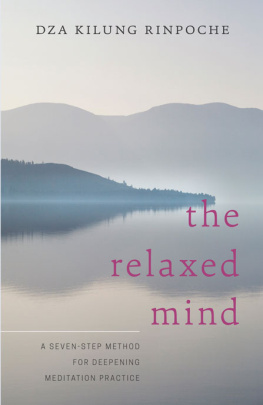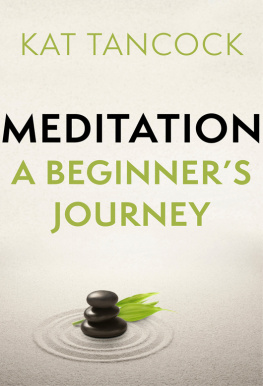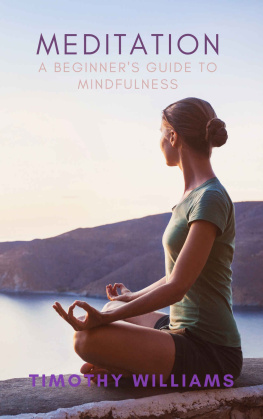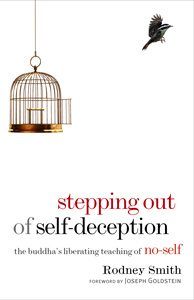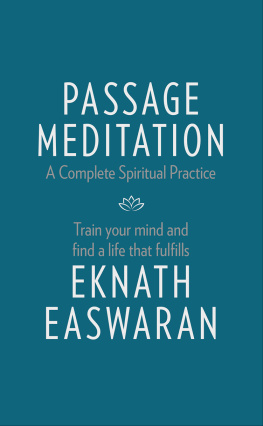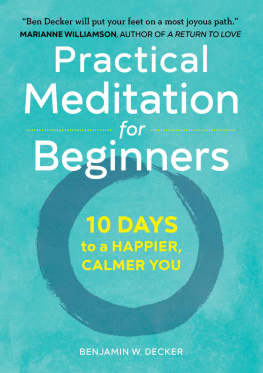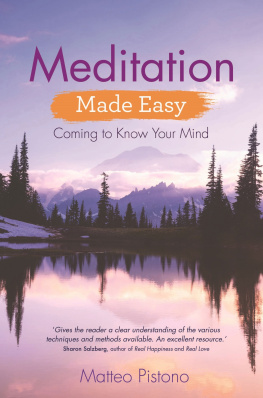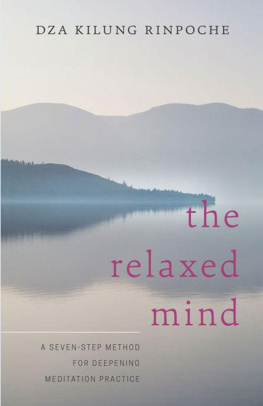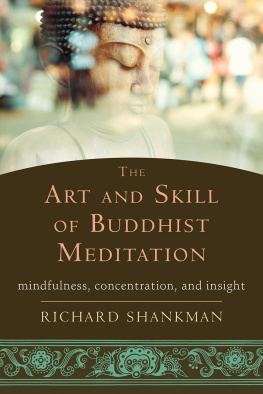The Relaxed Mind is a treasure on the indispensable stages of Buddhist trainings on the mind. It takes us from the beginning steps on the meditation journey all the way to final realization, the perfection of the enlightened nature of the mind. This book has it all. There is no need to look for other trainings.
Tulku Thondup, author of The Healing Power of Mind and The Heart of Unconditional Love
Refreshingly clear and simple instructions of the Tibetan path. From beginning meditations to more advanced stages, The Relaxed Mind offers straightforward and wise guidance that is both nourishing and liberating.
Jack Kornfield, author of Bringing Home the Dharma and A Path with Heart
Kilung Rinpoche elucidates the entire spectrum of meditation practices from the basic to highest level along with many precious insights applicable to everyday life. This book can change your life.
Anam Thubten, author of The Magic of Awareness and No Self, No Problem
A modern meditation masterpiece. Brilliant, accessible and humorous, if you follow the instructions of this profound teacher you will indeed relax into your innate wisdom. The best meditation manual Ive read in years.
Lodro Rinzler, author of Sit Like a Buddha and The Buddha Walks into a Bar
ABOUT THE BOOK
In the late 1990s, shortly after arriving in the United States, it became clear to Dza Kilung Rinpoche that his Western students were unable to progress in meditation as well as his students had back in Asiaand he realized that was because the pace of Western life made it difficult for them to relax. The Relaxed Mind contains instructions for the seven-phase meditation practice Dza Kilung Rinpoche developed for Westerners. Its very traditional but adapted to help those of us who live in a culture of distraction. The method is a way for tense meditators to relax and deepen their practicebut its also an excellent meditation manual for any beginner.
DZA KILUNG TULKU JIGME RINPOCHE was born in 1970 and is head of Kilung Monastery in the Dzachuka District of Kham, Tibet, which he has been working to reestablish as a center of learning and practice since he was a teenager. He has been teaching in the West since 1998 and regularly accepts invitations to teach in Boston, Beijing, Denmark, Singapore, Malaysia, Taiwan, Brazil, and Argentina. His home in the West is on Whidbey Island near Seattle, Washington, and he divides his time among Washington, his community in Tibet, and his students worldwide.
Sign up to receive news and special offers from Shambhala Publications.

Or visit us online to sign up at shambhala.com/eshambhala.
The Relaxed Mind
A Seven-Step Method for Deepening Meditation Practice
DZA KILUNG RINPOCHE
EDITED BY Brian Hodel
FOREWORD BY Tulku Thondup
ILLUSTRATIONS BY Janice Baragwanath

SHAMBHALA
Boston & London
2015
Shambhala Publications, Inc.
Horticultural Hall
300 Massachusetts Avenue
Boston, Massachusetts 02115
www.shambhala.com
Cover photograph by Andrew Geiger
Cover design by Katrina Noble
2015 by Dza Kilung Rinpoche
Illustrations 2015 by Janice Baragwanath
All rights reserved. No part of this book may be reproduced in any form or by any means, electronic or mechanical, including photocopying, recording, or by any information storage and retrieval system, without permission in writing from the publisher.
Library of Congress Cataloging-in-Publication Data
Rinpoche, Kilung.
The relaxed mind: a seven-step method for deepening meditation practice / Dza Kilung Rinpoche; foreword by Tulku Thondup; illustrations by Janice Baragwanath.
pages cm
eISBN 978-0-8348-0298-8
ISBN 978-1-61180-282-5 (paperback)
1. Mind and body. 2. MeditationBuddhism. I. Title.
BF161.R56 2015
294.34435dc23
2014048119
CONTENTS
Dza Kilung Rinpoche is the fifth incarnation of Dza Kilung Jigme Ngotsar, one of the four principle disciples of the illustrious adept Rigdzin Jigme Lingpa, the discoverer of the longchen nyingthig teachings of the dzogpachenpo tradition. After completing decades of studies and meditations in Tibet and India, Rinpoche has been tirelessly sharing the undiluted nectar-like wisdom of his unique lineage to all who are receptive in both the East and the West.
In The Relaxed Mind, Rinpoche meticulously synthesizes instructions on the crucial steps of training the mindstarting with how to sit, breathe, and focus the mind correctly, up to how to free all of the minds concepts in order to awaken its enlightened nature.
Mind, or consciousness, is who we are. The body, while precious, is but a guesthouse for us to reside in while we are alive. After death, whether we will have a happy or unhappy rebirth depends on the positive and negative habitual tendencies that we generated in our mind stream and expressed physically during our lifetime. If our mind is peaceful, kind, and respectful, then (and only then) will our physical expressions spontaneously become meritorious deeds. We will then become a source of benefit for others. If we perfect virtuous thoughts, our suffering will cease, and the wisdom nature of our mind will awaken. Therefore, mindfully training the mind through the right steps as taught in this book is essential. In the Cheddu Jope Tsom, the Buddha said,
You will enjoy happiness if you preserve mindfulness
In the disciplines of taming your mind.
Those who safeguard their minds
Will certainly attain the cessation of suffering.
The Relaxed Mind is a treasure that presents the indispensible stages of the Buddhist training of the mind. It takes us from the beginning steps on the meditation journey all the way to final realization, the perfection of the enlightened nature of the mind. This book has it all. There is no need to look for other trainings. As Shantideva says, What is the use of various disciplines, other than the one that trains the mind?
Tulku Thondup
I remember, vividly, the first time I tried to meditate. It was decades ago, when there were few books on meditation available in the West. I had found one that taught the basics of concentration, and my yoga teacher gave me some cursory advice. It all sounded very cool. So one afternoon I sat cross-legged on a puffy green sofa with my back more or less straight, closed my eyes, and peered into my mind.
Suddenly I found myself engulfed by the noise of jackhammers and buzz saws. Where was I? Had I poked my head into the middle of a hornets nest? I couldnt keep still and started sweating, like a child in the dentists waiting room. Passing through a kaleidoscope of thoughts and emotionssome connected, others totally disjointedmy meditation resembled a roller coaster ride!
My session didnt last long, and I wasnt very happy or encouraged by the experience, but one very good thing happened, although I didnt realize its value till much later: I recognized that this cacophony was not abnormala rare event brought on by fatigue or indigestion or an argument with a friend. This was the ordinary world of my mind and emotions. This was going on in me all the time. Only now had I stopped to listen. And I had a vague sensation, a very creepy feeling, that all my life I had been a prisoner of my compulsions.
The sequence of seven meditations presented here is a pathway to inner freedom. It is based on practices from Tibetan Buddhism, but you dont need to be a Buddhist to train in them. They could be helpful for anyones life and spiritual development, whether that person adheres to a specific religious tradition or not. They were created for Westerners, although it might be better to say for modern people, since Western culture has spread everywhere and mixed with all cultures.
Next page
